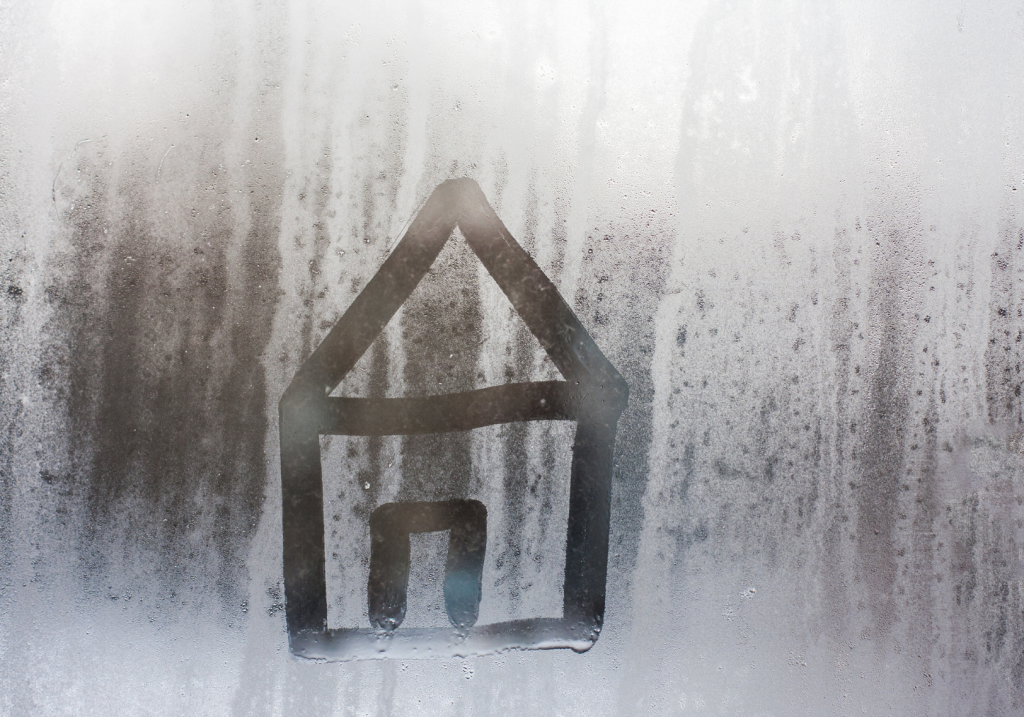Are you a heater hugger from way back? Cool air and condensation can be a real nuisance during the colder months and if you suffer from respiratory and joint issues amongst many other ailments you’ll be dreading the seasonal change!
If you watch The Chase religiously you may be keen to learn some handy facts to help you understand it better, and how to keep it at bay:
Condensation is a Natural Part of the Water Cycle But What Exactly is it?
- It’s simply water vapour turning back into liquid form.
Condensation Occurs When Air is Saturated
- When the air gets too humid, it can’t hold all the moisture, so that extra water starts to condense.
Cold Surfaces Trigger Condensation
- Ever notice how water droplets form on your windows in the winter? That’s because cold surfaces attract more condensation, or as some of us more dramatically call it – crying window’s.
Dew Point is Critical for Condensation
- The dew point is the temperature at which air becomes fully saturated and condensation begins, an annoyance for those of us who park outside during colder months! Keeping your home above this temperature helps prevent those pesky water droplets.
Condensation Can Contribute to Weather Formation
- On a larger scale, condensation plays a big role in weather patterns, contributing to cloud formation and precipitation.
Condensation Helps Regulate Earth’s Temperature
- For the scientifically minded and curious, this process also helps to regulate the Earth’s temperature, balancing heat and moisture in the atmosphere.

Homes Attract Condensation Depending on How You Build.. and Live
Managing humidity and temperature is key to keeping it under control, new builds aren’t always immune to condensation either depending on how you use your home!
Practical Tips to Reduce Condensation
- Keep Surfaces Warm: Most new homes have thermally broken, Low e, argon filled glazing these days, to keep your windows warmer and reduce the likelihood of condensation forming.
- Use a Dehumidifier for a budget friendly option: This can help keep the extra moisture in check, especially in areas prone to dampness, heat pumps can combat this to a certain extent.
- Increase Ventilation: More airflow can help reduce humidity levels. Consider installing a ventilation system such as Lossnay, and open windows periodically, using cross-venting as much as possible (opening windows on different sides of your home).
- Ensure that your washing machine and dryer are well ventilated and avoid hanging washing indoors to dry if your home is prone to dampness – this is a biggie
- Keep pot lids on as much as possible while in use, making sure your kitchen extraction fan is always operating when cooking.
- Insulate Your Home: An ideal amount of insulation relative to your climate helps maintain consistent indoor temperatures, preventing cold spots where condensation might occur.
- Build new! Airtight buildings are warmer, have fewer drafts and tend to have much lower condensation and mould than older homes. Design your home with optimal insulation, airtightness and ventilation in mind from the get go!
Stay warm and dry this winter by understanding and managing condensation in your home – all while saving on climbing energy costs too.
Get in touch with our team to see how we can keep your home feeling dry and warm today!

